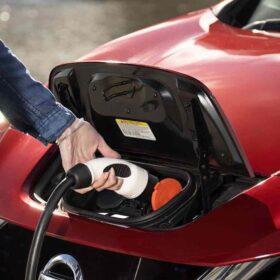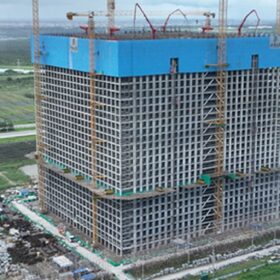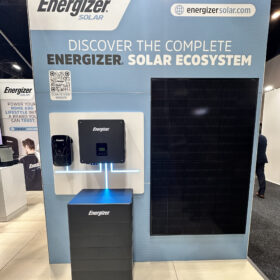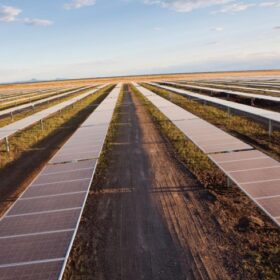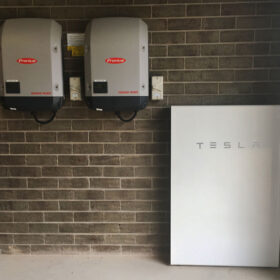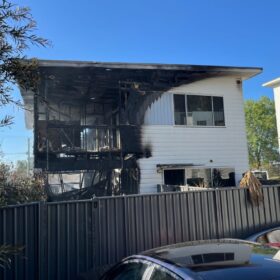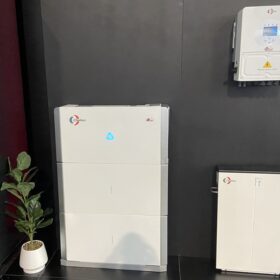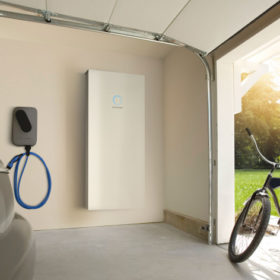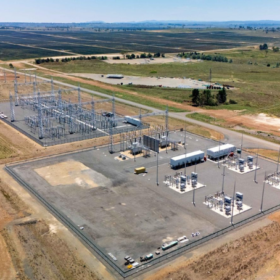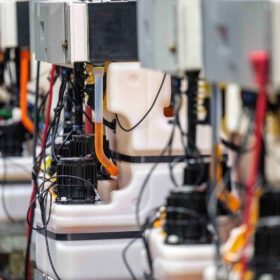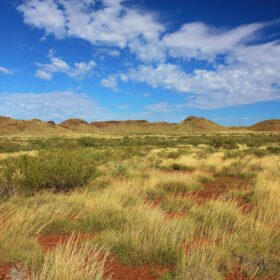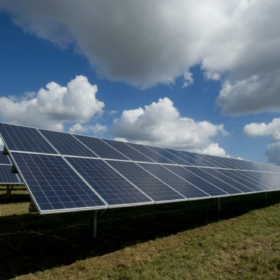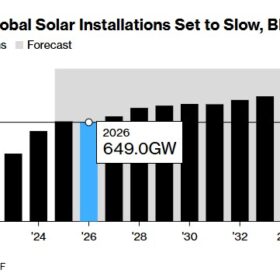Vehicle-to-grid tech offers potentially lucrative market for EV fleet owners
Australian electric vehicles could earn up to $12,000 in a single year using vehicle-to-grid technology to provide frequency regulation services to the National Electricity Market according to a report published by the Australian Renewable Energy Agency.
Energy Vault connects commercial-scale gravity energy storage system in China
Energy Vault has connected its 25 MW/100 MWh EVx gravity-energy storage system (GESS) in China. Once provincial and state approvals are obtained to start operating, it will become the world’s first commercial, utility-scale, non-pumped hydro GESS. Meanwhile, its partners China Tianying (CNTY) and Atlas Renewable Energy have begun construction on three grid-scale GESS in China.
Energizer Solar’s new hybrid battery & inverter land in Australia, launching its home ‘ecosystem’
Energizer Solar, the licensee for US battery giant Energizer, has selected Australia as the first market to launch its renewable home ‘ecosystem.’ Including new hybrid inverters, a hybrid battery, solar panels, and soon an EV charger, the product suite has been certified and is landing on Australian shores “as we speak,” Gavin Owen, Energizer Solar’s Head of APAC Sales, told pv magazine Australia.
NSW commits to improve approvals process for renewables projects
New South Wales has committed to reform the planning approvals process for renewable energy developments amid criticism that the current process isn’t fit for purpose and is slowing the state’s transition from coal-dominated generation to a renewables-dominated grid.
NT scheme sets pace for residential solar battery storage adoption
The Northern Territory has emerged as the national leader in solar battery adoption with more than 30% of homes and businesses with rooftop solar systems having now installed a battery.
‘Compromised’ battery blamed for fatal house fire
Investigators from Fire and Rescue New South Wales have determined a compromised lithium-ion battery was the cause of a housefire north of Sydney last week where two people died.
Smart Energy Expo: Chelion rolls out latest residential energy storage system
The first of energy storage solutions specialist Chelion’s new iHome high-voltage residential battery storage systems are now being rolled out in Australia.
CEC calls for federal residential battery subsidy
The Clean Energy Council (CEC) has called for the federal government to introduce a subsidy program to support residential battery uptake. The CEC says a so-called Home Battery Saver Program would be “the missing piece of the [policy] puzzle.”
ACEN teams with Marubeni on 400 MWh New England battery
ACEN Australia and Marubeni Asian Power Singapore have struck a deal to jointly develop a 200 MW / 400 MWh battery energy storage system alongside ACEN’s multi-stage 720 MW New England solar project being constructed in regional New South Wales.
Redflow secures government grant to drive flow battery development
Queensland-based battery company Redflow has secured up to $1.12 million in government funding to support the development of a large-scale zinc-bromine flow battery prototype and to examine the potential to establish a large-scale battery manufacturing facility in the state.
